
fine ceramics
Engineering Advanced Fine Alumina Al2O3 Ceramic Rod Insulated for Industrial Applications
Item Number : KM-C09
Price varies based on specs and customizations
- Material
- Aluminum oxide
- Specification
- See the form
Shipping:
Contact us to get shipping details Enjoy On-time Dispatch Guarantee.
Why Choose Us
Easy ordering process, quality products, and dedicated support for your business success.
Application
Alumina ceramic rods are made of high-purity alumina material, formed by cold isostatic pressing, sintered at high temperature, and precisely processed. It has the advantages of high temperature resistance, wear resistance, corrosion resistance, high hardness and low friction coefficient.
Alumina ceramic rods have a wide range of applications:
- Used in the manufacture of CVD, ion implantation, lithography and semiconductor parts.
- Alumina ceramics are ideal for products such as injection tubes, gas nozzles and insulators.
- It is used as a material for industrial furnaces due to its ability to maintain hardness at high temperatures.
- Used as a protector for high temperature thermocouples.
- It is used as a material in the chemical industry due to its high corrosion resistance.
- High-end fields such as instrumentation, medical equipment, textile power, mechanical hardware, automobile military industry, aerospace and aerospace.
Detail & Parts

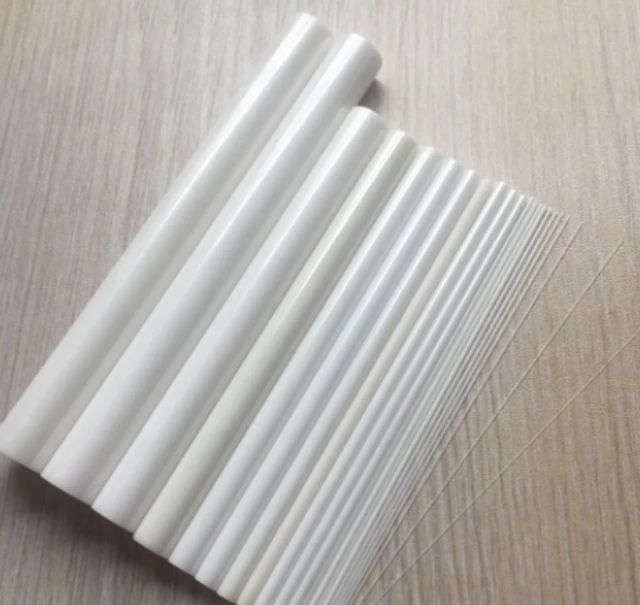
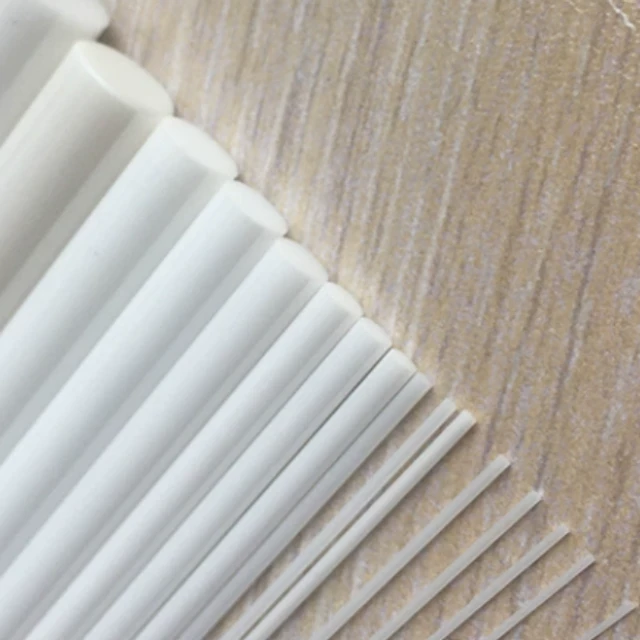
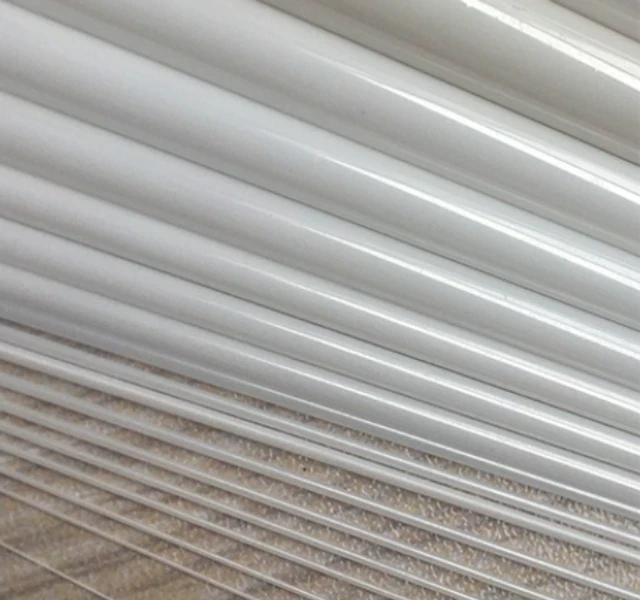
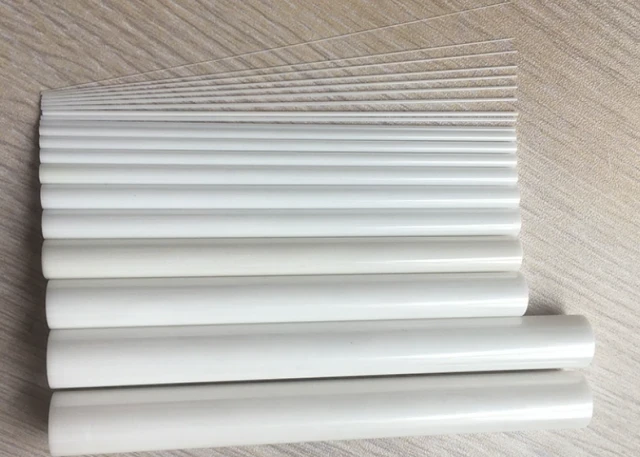
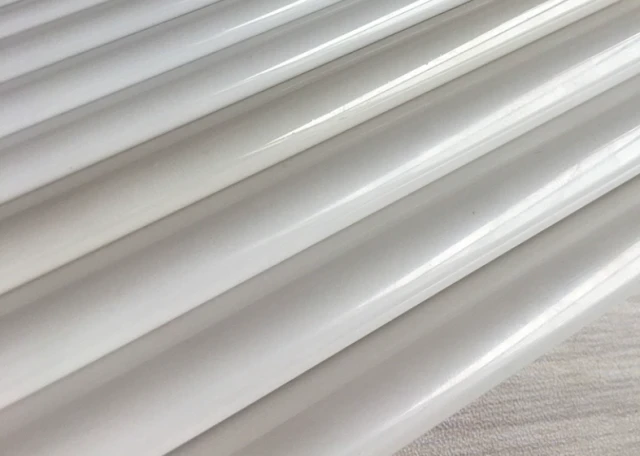
Technical specifications
| 0.4*100mm | 0.9*100mm | 3.2*100mm | 6*100mm | 13*114mm | 18*86mm | 40*100mm | 8*300mm | 24*400mm |
| 0.5*100mm | 1*100mm | 3.5*100mm | 7*100mm | 14*114mm | 18*100mm | 50*100mm | 10*300mm | 30*400mm |
| 0.6*100mm | 2*100mm | 4*100mm | 8*100mm | 15*100mm | 20*100mm | 60*100mm | 12*300mm | |
| 0.8*100mm | 2*150mm | 4.5*90mm | 9*100mm | 16*100mm | 25*100mm | 4*300mm | 15*300mm | |
| 0.7*100mm | 2.5*100mm | 4.75*100mm | 10*100mm | 15*100mm | 30*100mm | 5*300mm | 16*300mm | |
| 0.8*100mm | 3*100mm | 5*100mm | 12*100mm | 16*100mm | 35*100mm | 6*300mm | 20*300mm |
The produce we show are available in different sizes and custom sizes are available on request.
Advantages
- Non-reactive and non-toxic, it is ideal for medical and food processing applications.
- Alumina ceramic rods are electrically insulated, with a volume resistivity >1014Ohm/cm2, which can be used as an insulator for operational physical phenomena.
- Alumina Ceramic Rod is a high strength, corrosion resistant material designed for a wide range of heavy duty applications.
- It has excellent wear resistance, excellent heat damage resistance, and excellent physical phenomenon insulation performance.
- Rods are machined and polished to extra tolerances and are available in a variety of sizes and shapes.
- High temperature resistance, long-term use at 1600°C, short-term use at 1800°C (Al2O3≥99%).
- High hardness, low thermal expansion, low coefficient of friction.
- Gear resistance and corrosion resistance.
FAQ
What Are The Main Applications Of Fine Ceramics?
What Are The Main Types Of Fine Ceramics?
What Is The Principle Behind Fine Ceramics?
What Are The Advantages Of Using Fine Ceramics?
4.7 / 5
The alumina ceramic rods from KINTEK SOLUTION are the best in the market. They are durable and can withstand high temperatures.
4.8 / 5
I've been using KINTEK SOLUTION's alumina ceramic rods for years and they have never failed me. Their quality is top-notch and they are always delivered on time.
4.9 / 5
KINTEK SOLUTION's alumina ceramic rods are the perfect choice for my laboratory. They are strong, reliable, and affordable.
4.6 / 5
I highly recommend KINTEK SOLUTION's alumina ceramic rods. They are a great value for the price and they work perfectly for my needs.
4.7 / 5
The alumina ceramic rods from KINTEK SOLUTION are a must-have for any laboratory. They are high-quality and very durable.
4.8 / 5
I'm very satisfied with the alumina ceramic rods from KINTEK SOLUTION. They are very well-made and they have exceeded my expectations.
4.9 / 5
KINTEK SOLUTION's alumina ceramic rods are the best I've ever used. They are incredibly strong and can withstand even the most extreme temperatures.
4.6 / 5
I highly recommend KINTEK SOLUTION's alumina ceramic rods. They are a great value for the price and they work perfectly for my needs.
4.7 / 5
The alumina ceramic rods from KINTEK SOLUTION are a must-have for any laboratory. They are high-quality and very durable.
4.8 / 5
I'm very satisfied with the alumina ceramic rods from KINTEK SOLUTION. They are very well-made and they have exceeded my expectations.
4.9 / 5
KINTEK SOLUTION's alumina ceramic rods are the best I've ever used. They are incredibly strong and can withstand even the most extreme temperatures.
4.6 / 5
I highly recommend KINTEK SOLUTION's alumina ceramic rods. They are a great value for the price and they work perfectly for my needs.
4.7 / 5
The alumina ceramic rods from KINTEK SOLUTION are a must-have for any laboratory. They are high-quality and very durable.
4.8 / 5
I'm very satisfied with the alumina ceramic rods from KINTEK SOLUTION. They are very well-made and they have exceeded my expectations.
REQUEST A QUOTE
Our professional team will reply to you within one business day. Please feel free to contact us!
Related Products
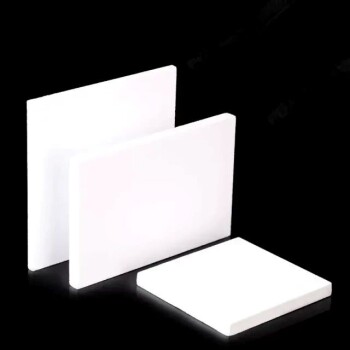
High Temperature Wear-Resistant Alumina Al2O3 Plate for Engineering Advanced Fine Ceramics
High temperature wear-resistant insulating alumina plate has excellent insulation performance and high temperature resistance.
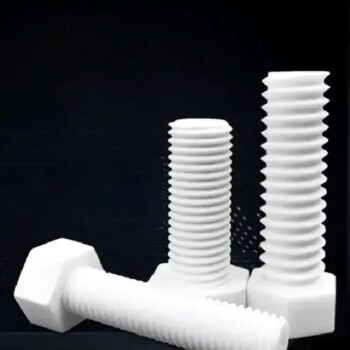
High Quality Alumina Ceramic Screw for Engineering Advanced Fine Ceramics with High Temperature Resistance and Insulation
Alumina ceramic screws are fastening components made of 99.5% alumina, ideal for extreme applications requiring excellent thermal resistance, electrical insulation and chemical resistance.
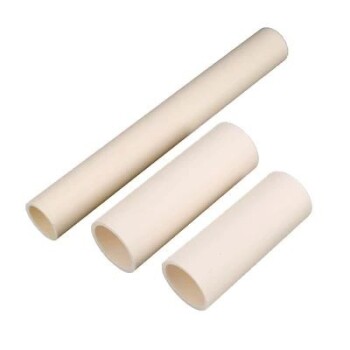
High Temperature Alumina (Al2O3) Furnace Tube for Engineering Advanced Fine Ceramics
High temperature alumina furnace tube combines the advantages of high hardness of alumina, good chemical inertness and steel, and has excellent wear resistance, thermal shock resistance and mechanical shock resistance.
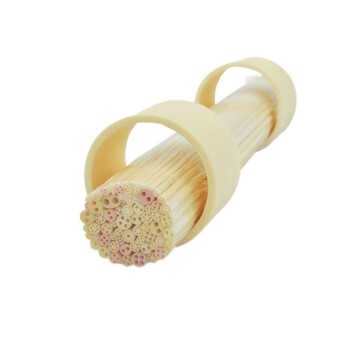
High Temperature Aluminum Oxide (Al2O3) Protective Tube for Engineering Advanced Fine Ceramics
Alumina oxide protective tube, also known as high temperature resistant corundum tube or thermocouple protection tube, is a ceramic tube mainly made of alumina (aluminum oxide).

Advanced Engineering Fine Ceramics Alumina Ceramic Saggar for Fine Corundum
Alumina sagger products have the characteristics of high temperature resistance, good thermal shock stability, small expansion coefficient, anti-stripping, and good anti-powdering performance.

Custom-Made Alumina Zirconia Special-Shaped Ceramic Plates for Engineering Advanced Fine Ceramics Processing
Alumina ceramics have good electrical conductivity, mechanical strength and high temperature resistance, while zirconia ceramics are known for their high strength and high toughness and are widely used.

Engineering Advanced Fine Ceramics Aluminum Oxide Al2O3 Heat Sink for Insulation
The hole structure of the ceramic heat sink increases the heat dissipation area in contact with the air, which greatly enhances the heat dissipation effect, and the heat dissipation effect is better than that of super copper and aluminum.
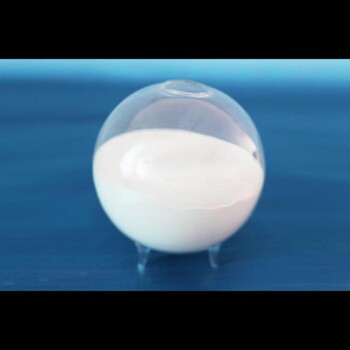
High Purity Alumina Granulated Powder for Engineering Advanced Fine Ceramics
Ordinary alumina granulated powder is alumina particles prepared by traditional processes, with a wide range of applications and good market adaptability. This material is known for its high purity, excellent thermal stability and chemical stability, and is suitable for a variety of high-temperature and conventional applications.

Engineering Advanced Fine Ceramics Alumina Al2O3 Crucible With Lid Cylindrical Laboratory Crucible
Cylindrical Crucibles Cylindrical crucibles are one of the most common crucible shapes, suitable for melting and processing a wide variety of materials, and are easy to handle and clean.
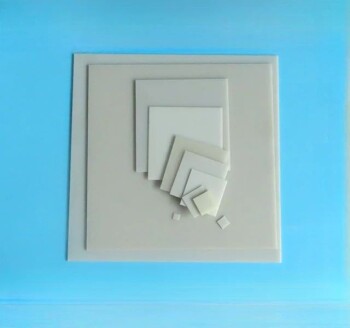
Advanced Engineering Fine Ceramics Aluminum Nitride (AlN) Ceramic Sheet
Aluminum nitride (AlN) has the characteristics of good compatibility with silicon. It is not only used as a sintering aid or reinforcing phase for structural ceramics, but its performance far exceeds that of alumina.

Engineering Advanced Fine Ceramics Alumina Crucibles (Al2O3) for Thermal Analysis TGA DTA
TGA/DTA thermal analysis vessels are made of aluminum oxide (corundum or aluminum oxide). It can withstand high temperature and is suitable for analyzing materials that require high temperature testing.

Engineering Advanced Fine Ceramics Aluminium Oxide Al2O3 Ceramic Washer for Wear-Resistant Applications
Alumina wear-resistant ceramic washer are used for heat dissipation, which can replace aluminum heat sinks, with high temperature resistance and high thermal conductivity.

Silicon Carbide (SIC) Ceramic Sheet Wear-Resistant Engineering Advanced Fine Ceramics
Silicon carbide (sic) ceramic sheet is composed of high-purity silicon carbide and ultra-fine powder, which is formed by vibration molding and high-temperature sintering.

Engineering Advanced Fine Alumina Al2O3 Ceramic Crucible for Laboratory Muffle Furnace
Alumina ceramic crucibles are used in some materials and metal melting tools, and flat-bottomed crucibles are suitable for melting and processing larger batches of materials with better stability and uniformity.
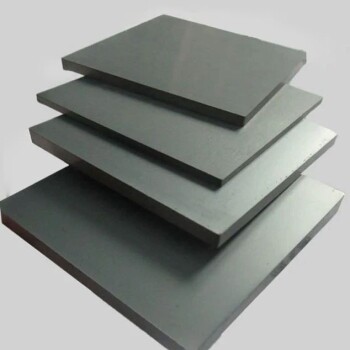
Silicon Carbide (SIC) Ceramic Plate for Engineering Advanced Fine Ceramics
Silicon nitride (sic) ceramic is an inorganic material ceramic that does not shrink during sintering. It is a high-strength, low-density, high-temperature-resistant covalent bond compound.

Precision Machined Yttria Stabilized Zirconia Ceramic Plate for Engineering Advanced Fine Ceramics
Yttrium-stabilized zirconia has the characteristics of high hardness and high temperature resistance, and has become an important material in the field of refractories and special ceramics.
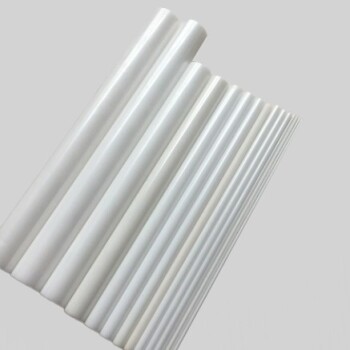
Precision Machined Yttrium Stabilized Zirconia Ceramic Rod for Engineering Advanced Fine Ceramics
Zirconia ceramic rods are prepared by isostatic pressing, and a uniform, dense and smooth ceramic layer and transition layer are formed at high temperature and high speed.
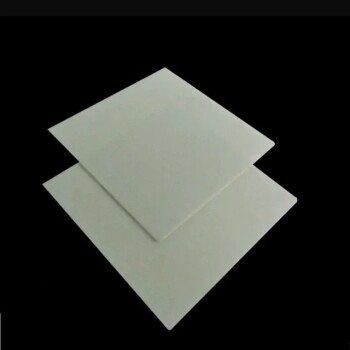
Precision Machined Silicon Nitride (SiN) Ceramic Sheet for Engineering Advanced Fine Ceramics
Silicon nitride plate is a commonly used ceramic material in the metallurgical industry due to its uniform performance at high temperatures.
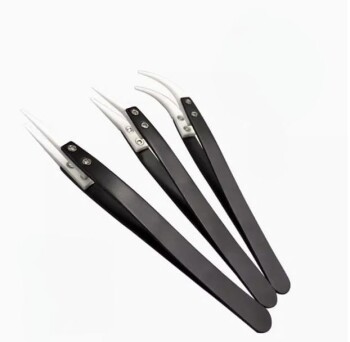
Engineering Advanced Fine Ceramics Head Tweezers with Pointed Elbow Zirconia Ceramic Tip
Zirconia ceramic tweezers are a high-precision tool made of advanced ceramic materials, especially suitable for operating environments that require high precision and corrosion resistance. This type of tweezers not only has excellent physical properties, but is also popular in the medical and laboratory fields because of its biocompatibility.
Related Articles

Precautions for installing silicon carbide stick
Precautions for installing silicon carbide stic.

Understanding Quartz Electrolytic Cells: Applications, Mechanisms, and Advantages
Explore the detailed workings, applications, and benefits of quartz electrolytic cells in various industries. Learn how these cells facilitate precise chemical reactions and their role in high-purity metal production.

Advanced Alumina Ceramics: Applications and Manufacturing Techniques
This article discusses the applications and manufacturing techniques of advanced alumina ceramics, including molds, isostatic pressing, and green bodies.

Advanced Alumina Ceramics: Applications and Manufacturing Techniques
Overview of alumina ceramics' applications and manufacturing methods, including molds, isostatic pressing, and green body formation.

Comprehensive Guide to Alumina Crucibles in Powder Metallurgy
An in-depth look at the properties, applications, and usage of alumina crucibles in powder metallurgy processes.

Understanding Oxide Ceramics: Concepts, Classification, and Applications
This article delves into the concept, classification, and diverse applications of oxide ceramics, highlighting their significance in various high-tech fields.

Precision Ceramics in Semiconductor Applications
Exploring the use of precision ceramics in semiconductor equipment, their properties, and manufacturing processes.

The 5 Hottest Advanced Ceramic Powders Currently Available!
An overview of the top 5 advanced ceramic powders: High Purity Aluminum Oxide, Boehmite, Aluminum Nitride, Silicon Nitride, and Spherical Alumina, highlighting their applications and market trends.

Ceramic Alumina Crucible for Thermal Analysis Test Containers
An in-depth guide on selecting and using ceramic alumina crucibles for thermal analysis tests, focusing on factors affecting test results.

Inorganic Non-Metallic Materials: Crucibles
An overview of crucibles made from various inorganic non-metallic materials, their uses, technical parameters, and advantages.

Structure and Properties of High-Temperature Engineering Ceramics
Explore the applications, structural features, and performance advantages of high-temperature engineering ceramics across various industries.

Advancements in Engineering Ceramic Materials
Explores new engineering ceramics with exceptional properties and applications in harsh environments, comparing them to traditional materials.